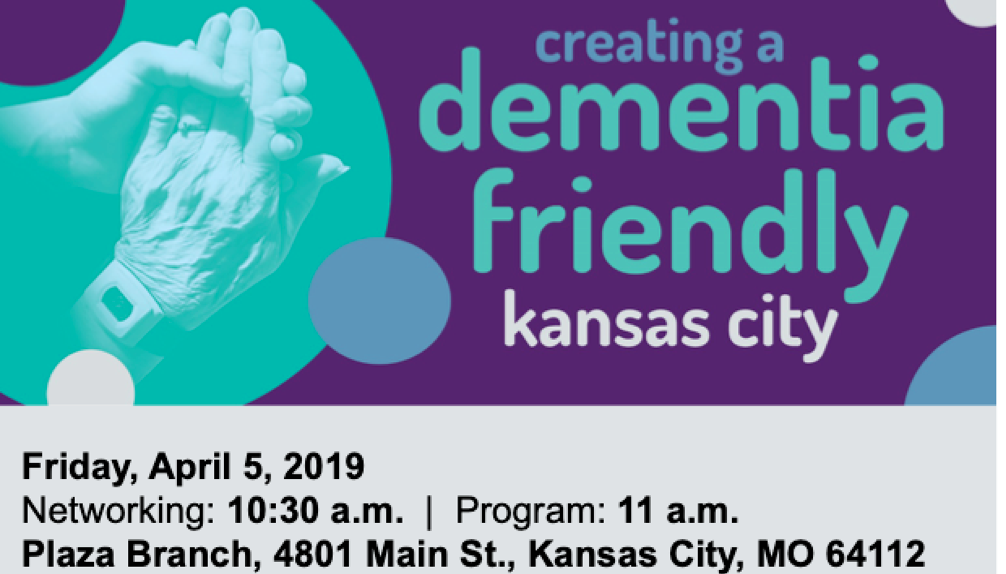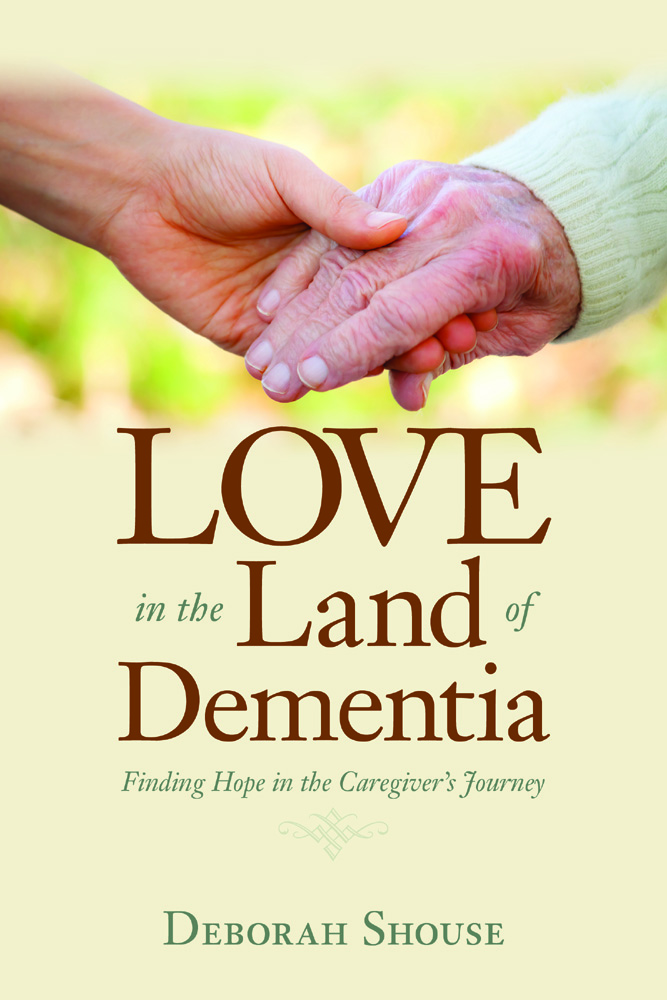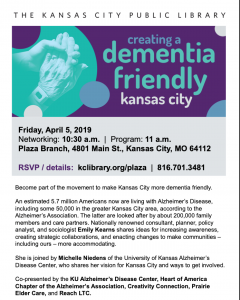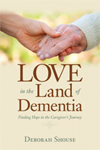Posts Tagged ‘Michelle Niedens’
Creating a Dementia Friendly Kansas City
 Luck. Kismet. The stars aligning. Those are all valid descriptions of our April 5th event, Creating a Dementia Kansas City.
Luck. Kismet. The stars aligning. Those are all valid descriptions of our April 5th event, Creating a Dementia Kansas City.
First, we were lucky to have two great speakers: Emily Kearns, PhD, formerly of Dementia Friendly Massachusetts and Michelle Niedens, from the University of Kansas Alzheimer’s Disease Center.
Then, a lovely splash of kismet when Emily and April Roy, Director of the Plaza Library, were invited to join Gina Kaufmann on KCUR’s Central Standard.
Thanks to Central Standard and lots of grass roots marketing, almost 100 people attended 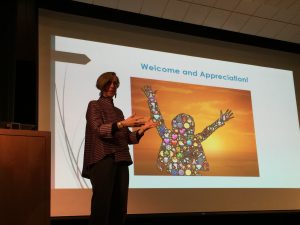 from many different sectors. Our attendees included representatives from The Alzheimer’s Association, The Nelson-Atkins Museum of Art, The Kansas City Symphony, The Renaissance Festival, KC Actors Theatre, The Naka-Kon Anime Convention, the Mayor’s office of Culture and Creative Services, as well as the medical and healthcare communities, senior services providers, the library community, first responders, faith communities, social work consortiums, people who are living with dementia and their friends and care partners, community volunteers, and more.
from many different sectors. Our attendees included representatives from The Alzheimer’s Association, The Nelson-Atkins Museum of Art, The Kansas City Symphony, The Renaissance Festival, KC Actors Theatre, The Naka-Kon Anime Convention, the Mayor’s office of Culture and Creative Services, as well as the medical and healthcare communities, senior services providers, the library community, first responders, faith communities, social work consortiums, people who are living with dementia and their friends and care partners, community volunteers, and more. 
Our vision was beautifully articulated by our two speakers: “We envision Kansas City as a community where every citizen feels welcomed, valued, and engaged.”
We’ve only just begun and we welcome your support.
Click on this link to enjoy a brief sampling of our Dementia Friendly Kansas City official launch
Click here to preview some inspiring action steps
Click to view informative and inspiring short videos on our YouTube channel
Please consider joining us for our follow through Lunch and Learns.
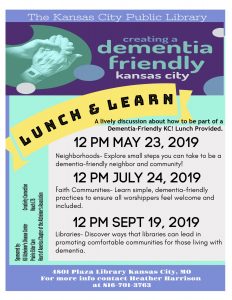
Deborah Shouse is the author of Connecting in the Land of Dementia: Creative Activities to Explore Together and Love in the Land of Dementia: Finding Hope in the Caregiver’s Journey.
Creating a Dementia Friendly Kansas City: Join us and make a difference.
Using Creativity to Live Successfully with Dementia
“Creativity is evident in every one of us,” says Michelle Niedens, Director of Education, Programs and Public Policy, Alzheimer’s Association Heart of America Chapter. Every time I hear Michelle talk about the creative aspects of living with dementia, I am moved. I was so honored to have Michelle speak at my book launch for Connecting in the Land of Dementia. I treasured what she said about using creativity to live successfully with dementia and I asked if she would allow me to share her words of wisdom and caring with you. Here is her beautiful talk.
Using Creativity to Live Successfully with Dementia
by Michelle Niedens
It has been said that “we are helped by what is not, to use what is”. In Alzheimer’s disease, there are some things that are not. But welcoming this philosophy of using what is allows us to explore all the parts that are. As part of projects focusing on creativity at the Alzheimer’s Association, I have heard many people talk about how they are not creative. In one way or another, they find a way to let me know they believe they cannot create art, or stories or a collage or whatever forms of creation lay before them. Yet if we allow our minds to really think about the place of creativity in our lives, we could make a case that it is evident in every one of us. Whether it be building book shelves, writing poetry, the way we frame our words in conversation, the way we problem solve, the way we play with children, the way we garden and even the way we convince ourselves of things. Life is both complicated and simple and requires creativity to survive. It is almost as ever present as thought and breath.
In the poem, “the Necessary Art of Salvaging”, Barbara Lau writes;
Ten More Steps to Make Your Community Dementia-Friendly
I’ve been thinking about Michelle’s ideas, inviting us all to be part of creating a more-dementia friendly community. Here are additional thoughts from Michelle Niedens, L.S.C.S.W. Director of Education, Programs and Public Policy, at the Alzheimer’s Association’s Heart of America Chapter.
What volunteers would walk with their neighbors who were living with Alzheimer’s disease, so they could exercise and visit with others, without worrying about getting lost?
What if neighbors volunteered to visit regularly or run an errand?
What if law enforcement went beyond Silver Alerts and had standardized protocol for individuals who wander and go missing?
What if gas stations and convenience stores had training to recognize someone who might be lost?
What if pharmacies provided support information any time an Alzheimer’s drug was prescribed?
What if doctor’s offices had “memory aware” time slots, so people living with dementia wouldn’t have to wait in a noisy, chaotic environment?
What if there were geriatric urgent care settings?
What if grocery stores had a “slow down” line?
What if grocery stores had designated times when shopping support was available?
What would it take for all of us to be “memory aware” and to act on that?
……………………..
I want to do something to help here in Kansas City, but I haven’t yet decided what. In my upcoming book, Staying Connected in the Land of Dementia, I write about Meet Me at the Movies & Make Memories, a movie-going event for those living with dementia and their partners, co-created by John Zeisel. That really appeals to me and I’m thinking about contacting local theater owners. I welcome collaborators and I also would love to hear your ideas. What actions are you inspired to take?
Deborah Shouse is the author of Love in the Land of Dementia: Finding Hope in the Caregiver’s Journey.
Eight Paths towards a More Dementia-Friendly Community
On November 10, 2015, Michelle Niedens, L.S.C.S.W. Director of Education, Programs and Public Policy, at the Alzheimer’s Association’s Heart of America Chapter, gave a beautiful talk, inviting all of us to contribute to a compassionate, inclusive, and dementia-friendly community. Her ideas are both simple and profound and offer a challenge and an invitation for all of us. Over the next two weeks, I’m going to share some of Michelle’s visionary “what if” thinking.
From Michelle:
What would it take for all of us to be memory aware and to act on that?
What if restaurants had finger food menus? What if restaurants had specials from the finger food menu in the middle of the afternoon, when there were fewer people in the restaurant and things were quieter?
What if theatres had showings designed “memory aware”?
What if theatres had showings of old movies monthly with the “memory aware” icon on the website, so families could still enjoy getting out and having the cinema experience?
What if radio stations played songs related to memory issues in November (Alzheimer’s month) or April (Caregiver month)?
What if retail stores had designated days when the staff wore “memory aware” name badges and could provide more support to shoppers?
What if technology-based stores had annual displays of products that support memory, safety, or organization?
What if faith communities identified in bulletins/newsletters those activities that were “memory aware?”
Deborah Shouse is the author of Love in the Land of Dementia: Finding Hope in the Caregiver’s Journey.
